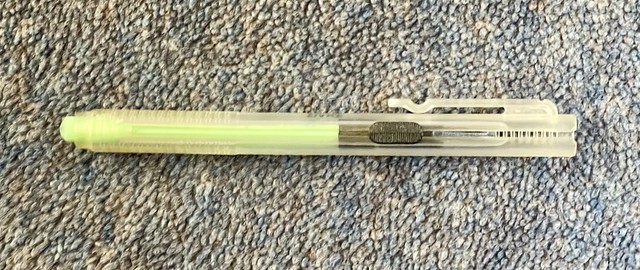Bending Rubber and Its Application Twisting rubber s in Endoscopic Accessories
Introduction:
Bending rubber is a crucial component used in the manufacturing of endoscopic accessories. It enables the insertion tube for endoscopy to bend, thus allowing medical professionals to navigate through intricate anatomical structures with precision and ease. In this article, we will explore the various aspects of bending rubber, including its manufacturing process, characteristics, advantages, usage methods, tips for selecting the right product, and conclude with an overall assessment.
Manufacturing Process:
The production of bending rubber involves several steps that ensure its durability and flexibility. Firstly, high-quality natural or syn Curling rubber thetic rubber is selected as a raw material due to its elasticity. Then it goes through a mixing process where additives such as plasticizers are incorporated to enhance flexibility while maintaining structural integrity.
Next comes th bending rubber e curing stage where the rubber compound is shaped into sheets or strips before undergoing vulcanization at specific temperatures and pressures. This step promotes chemical cross-linking within the polymer matrix resulting in increased strength and resistance against deformations over time.
Characteristics:
Curling rubber: Bending rubber can b bending rubber e designed with curling capabilities that allow for smooth navigation around corners or tight spaces within the body during endoscopic procedures.
Warping Rubber: With warping ability, it grants greater maneuverability when encountering irregular surfaces inside delicate organs while assisting surgeons in achieving accurate diagnoses.
Twisting Rubber: The twisting feature provides rotational control which facilitates pre bending rubber cise positioning of camera attachments or other instruments inserted through an endoscope during surgical interventions.
Advantages:
– Enhanced Precision: Bending rubber provides exceptional control over angles required for optimal visualization.
– Reduced Patient Discomfort: Its flexibility bending rubber minimizes tissue damage during insertion resulting in lesser pain experienced by patients.
– Cost-effective Solution: Compared to alternative technologies like robotic systems,
bending rubbers offer significant cost savings without compromising functionality.
Usage Methods:
Using bending rubbers commonly involves attaching them at one end of the endoscope’s insertion tube before following proper sterilization protocols. Once attached, clinic bending rubber ians can manipulate the bending rubber through external controls to facilitate navigation and adjust angles as needed.
Tips for Selecting Bending Rubber Products:
1. Compatibility: Ensure that the chosen bending rubber is compatible with your specific endoscopy system or brand.
2. Durability: Opt for high-quality materials that will withstand repeated use without losing their flexibility or structural integrity.
3. Size Options: Different endoscopic procedures may require varying sizes

of bending rubbers, so it is essential to select products that offer multiple size options.
Conclusion:
Bending rubber plays a vital role in enhancing Warping rubber the functionality and maneuverability of endoscopic accessories used in modern medical procedures. Its curling, warping, and twisting characteristics enable medical professionals to navigate complex anatomical structures with precision and ease, ultimately contributing to improved diagnostic accuracy and patient care outcomes. By considering factors insertion tube for endoscopy such as compatibility, durability, and available size options when selecting bending rubber products, healthcare providers can ensure optimal performance during endoscopic interventions while maximizing cost-efficiency.
In summary,”Bending Rubber and Its Applications in Endoscopic Accessories” sheds light on this indispensable component’s manufacturing process, features its advantages over alternative technologies offers insights into usage methods along with tips for sele

cting suitable products—all aimed at optimizing patient outcomes through enhanced procedural precision and reduced discomfort levels.
